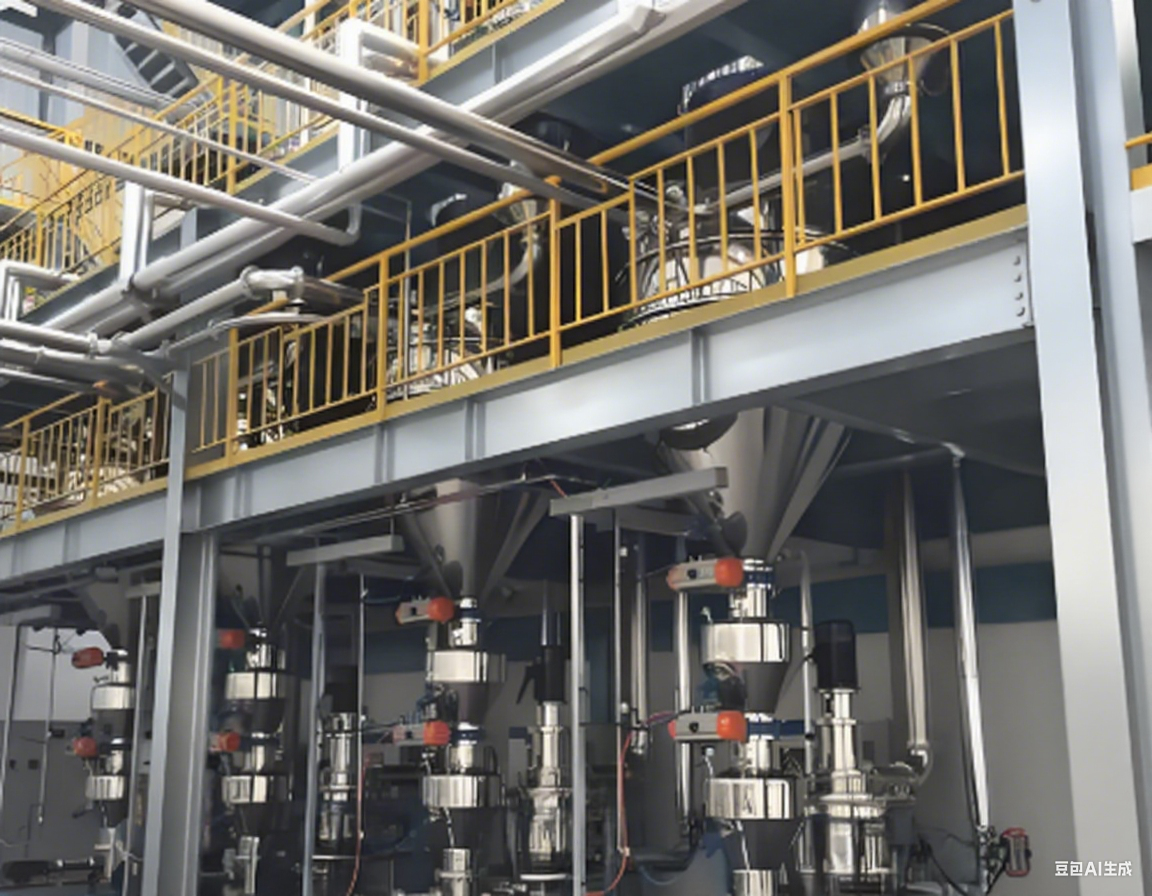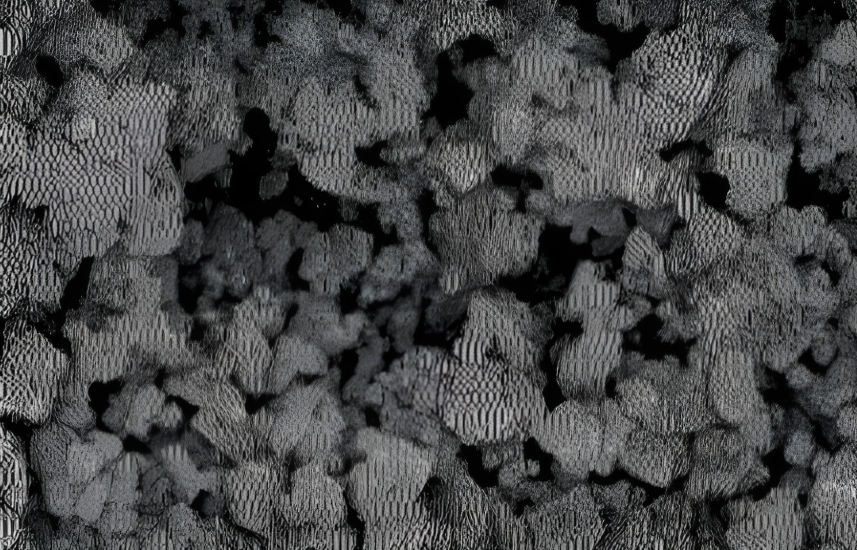Analyzing the lithium iron phosphate process using the "making bread" method: the iron phosphate method
Release time:
2025-06-19
Understanding the iron phosphate method of lithium iron phosphate as a “baking bread” process: selecting ingredients → mixing dough → baking bread → grinding flour → icing → quality inspection. Each step determines the final product’s “taste” (battery performance). The iron phosphate method, with its low cost and high stability, has become the “main player” in current lithium battery cathode materials, particularly shining in the fields of new energy vehicles and energy storage.
Detailed Explanation of the Iron Phosphate Method in Lithium Iron Phosphate Production: A Plain-Language Guide from Principle to Process
I. What is Lithium Iron Phosphate? Why Use the Iron Phosphate Method?
1. Positioning of Lithium Iron Phosphate
Lithium iron phosphate (LiFePO₄, abbreviated as LFP) is a "main force" among lithium battery cathode materials. Its greatest features are high safety, low cost, and long cycle life. It is widely used in electric vehicles (such as Tesla Model 3 Standard Range, BYD Blade Battery) and energy storage power stations.
2. Status of the Iron Phosphate Method
There are two main preparation methods for lithium iron phosphate:
Iron phosphate method: Using iron phosphate (FePO₄) and lithium carbonate (Li₂CO₃) as raw materials, this is currently the most mainstream process, accounting for more than 80% of global production capacity. This is because the raw materials are inexpensive and the process is stable.
Ferrous oxalate method: Using ferrous oxalate (FeC₂O₄) as a raw material, the oxalate decomposition inhibits particle agglomeration, resulting in smaller and more uniform particles, improving the material's compaction density and lithium-ion diffusion rate. The cost of this technical route is 2000 yuan/ton higher than the traditional process, and it is also toxic.

II. Core Steps of the Iron Phosphate Method: The Entire Process from "Mixing Flour" to "Baking Bread"
(A) Raw Material Preparation: Choosing the Right "Ingredients" is Key
Main Ingredients:
Iron phosphate (FePO₄): Purity ≥99.5%, particle size usually requires micrometer level (e.g., D50=2-5μm), gray-white powder. It provides iron (Fe) and phosphorus (P) elements.
Lithium carbonate (Li₂CO₃): Purity ≥99.3%, white powder, provides lithium (Li) element.
Auxiliary Materials:
Carbon source: Such as glucose, sucrose, or acetylene black, used for subsequent coating to improve material conductivity (similar to wrapping a conductive coating around an electric wire).
Additives: A small amount of conductive agent (such as graphene) or sintering aid (such as SiO₂), to optimize sintering performance.
Plain analogy: Iron phosphate is like "flour", lithium carbonate is like "yeast", the carbon source is like "sugar", and additives are like "seasonings". None can be missing.
(B) Mixing and Stirring: Allowing the "Ingredients" to Blend Uniformly
Equipment: High-speed mixer (such as a double-cone mixer), speed can reach 500-1000 revolutions/minute.
Process:
Weigh iron phosphate, lithium carbonate, carbon source, and additives according to the stoichiometric ratio (Li:Fe:P≈1.05:1:1, slightly excess lithium to ensure complete reaction).
Pour into the mixer and dry mix for 30-60 minutes until the powder color is uniform (similar to mixing flour, yeast, and sugar thoroughly when making dough).
Key control point: Uneven mixing will lead to uneven lithium distribution during subsequent sintering, affecting battery performance.
(C) Sintering Reaction: The "Baking Bread" Stage that Determines Material Performance
Equipment: Pusher kiln, roller kiln, or rotary kiln. An inert atmosphere (such as nitrogen N₂) needs to be introduced to prevent iron element oxidation (Fe²⁺→Fe³⁺).
Temperature Control:
Low-temperature preheating stage (200-400℃): The carbon source decomposes into amorphous carbon, and lithium carbonate begins to decompose to generate lithium oxide (Li₂O).
Medium-temperature reaction stage (500-700℃): Li₂O reacts with FePO₄ to generate LiFePO₄, chemical equation:
Li₂CO₃ + 2FePO₄ → 2LiFePO₄ + CO₂↑ + O₂↑
High-temperature sintering stage (700-850℃): Crystal growth matures, forming a stable LiFePO₄ olivine structure, while carbon is coated on the particle surface.
Time: The entire sintering process usually lasts 10-20 hours (similar to baking bread, the heat and time need to be controlled; baking for too long will "burn", and insufficient time will result in "underbaking").
Importance of atmosphere: If sintered in air, Fe²⁺ will be oxidized to Fe³⁺, causing the material to lose its lithium storage capacity, and the battery will not be able to charge and discharge.
(D) Crushing and Screening: Making the Material "Uniform in Particle Size"

Equipment: Airflow pulverizer (using high-speed airflow to impact particles) or ball mill.
Process:
The sintered block material is crushed into fine powder, with a particle size controlled at 5-10μm (finer than flour).
Use a vibrating screen to screen, removing particles that are too large or too small, ensuring uniform particle size (particles that are too large affect the battery's charging and discharging speed, while particles that are too small are prone to agglomeration).
(E) Coating and Modification: Giving the Material a "Coat" to Enhance Performance
Carbon Coating:
Mix the crushed LiFePO₄ powder with a carbon source solution (such as a sucrose aqueous solution), dry it, and sinter it again (300-500℃) so that the carbon is uniformly coated on the surface of the particles
to form a conductive network (similar to wrapping each particle with a conductive "plastic wrap").
Other Modifications:
Surface coating with metal oxides (such as Al₂O₃) to improve interface stability;
Element doping (such as Mg, Mn replacing part of Fe) to improve ion conduction rate.
(F) Testing and Packaging: Ensuring "Qualified Products"
Test Items:
Physical Properties: Particle size distribution, specific surface area, tap density (affecting battery energy density);
Chemical Properties: Lithium iron phosphate ratio, carbon content, impurities (e.g., Fe³⁺ content should be <0.5%);
Electrochemical Properties: Charge-discharge capacity, cycle life, rate performance (high-current charge-discharge capability).
Packaging: Sealed moisture-proof packaging to prevent moisture in the air from reacting with LiFePO₄ (although LFP has high stability, long-term contact with water vapor will still affect performance).
III. Advantages and Disadvantages of the Phosphate Method: Why is it the "King of Cost-Effectiveness"?
Advantages :
1. Cheap raw materials: Iron phosphate (approximately 15,000 yuan/ton) is 50% cheaper than ferrous oxalate (approximately 30,000 yuan/ton);
2. Stable process: The reaction process is easy to control and suitable for mass production;
3. High safety: No toxic substances are released during the sintering process (in contrast, the ferrous oxalate method produces CO).
Disadvantages:
1. Long sintering time: 10-20 hours, high energy consumption (electricity cost accounts for about 20%);
2. Difficult particle size control: Impurities are easily introduced during the crushing process, requiring high-precision equipment;
3. Conductivity depends on coating: Pure LiFePO₄ has poor conductivity and must be improved through carbon coating.
IV. Application Scenarios of the Phosphate Method: From Electric Vehicles to "Power Banks"
Power batteries: Tesla Model 3 standard range version, BYD blade battery, CATL CTP battery, cruising range 300-500 kilometers, focusing on cost-effectiveness and safety.
Energy storage batteries: Energy storage power stations (such as large-scale lithium battery energy storage projects), cycle life exceeding 5000 times, suitable for peak shaving and frequency modulation scenarios.
Small batteries: Electric bicycles, power banks, some low-end products use lithium iron phosphate to avoid overcharging and explosion risks.
V. Frequently Asked Questions for Beginners
Why is inert atmosphere sintering used in the phosphate method?
Answer: Because iron elements are easily oxidized to Fe³⁺ at high temperatures, and Fe²⁺ must be present in LiFePO₄ to store lithium. Inert atmosphere (such as nitrogen) can "isolate oxygen" and protect Fe²⁺.
Why can carbon coating improve conductivity?
Answer: LiFePO₄ itself is a "semiconductor" with poor conductivity. After carbon coating, it acts like "wires" connecting each particle, allowing electrons to run faster.
What is the cost difference between the phosphate method and the ferrous oxalate method?
Answer: The ferrous oxalate method uses toxic oxalic acid, and the production process requires additional environmental protection costs, while the phosphate method uses cheaper raw materials and a simpler process.
Through the above steps, you can understand the phosphate method of lithium iron phosphate as the process of "making bread": selecting ingredients → mixing → baking → grinding → frosting → quality inspection. Each step determines the final product's "taste" (battery performance). This process, with its low cost and high stability, has become the "main player" of current lithium battery cathode materials, especially in the fields of new energy vehicles and energy storage.
Key words:
Previous Page
Recommend News




